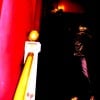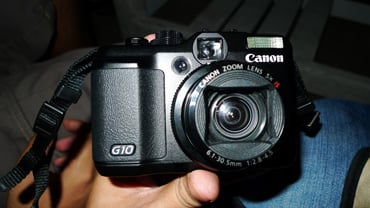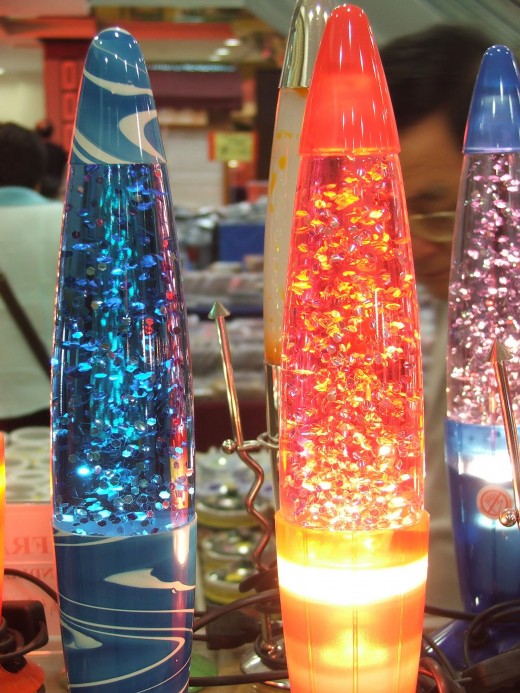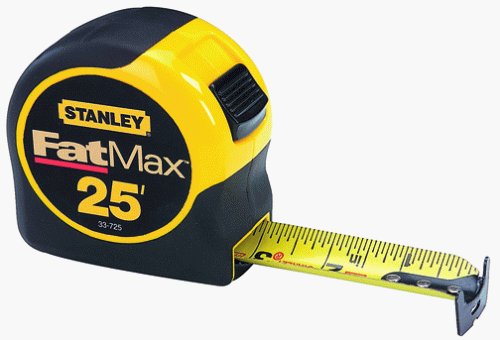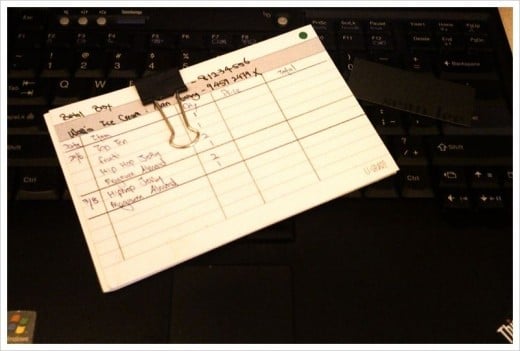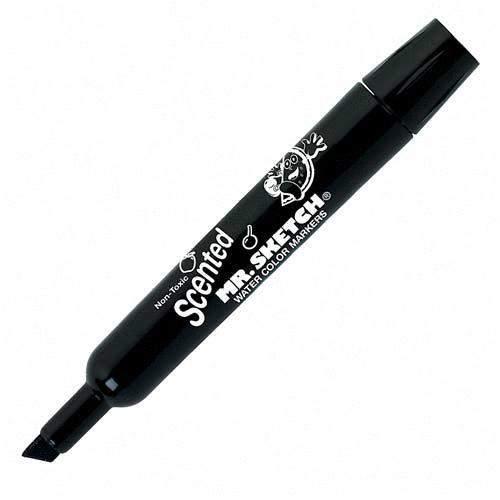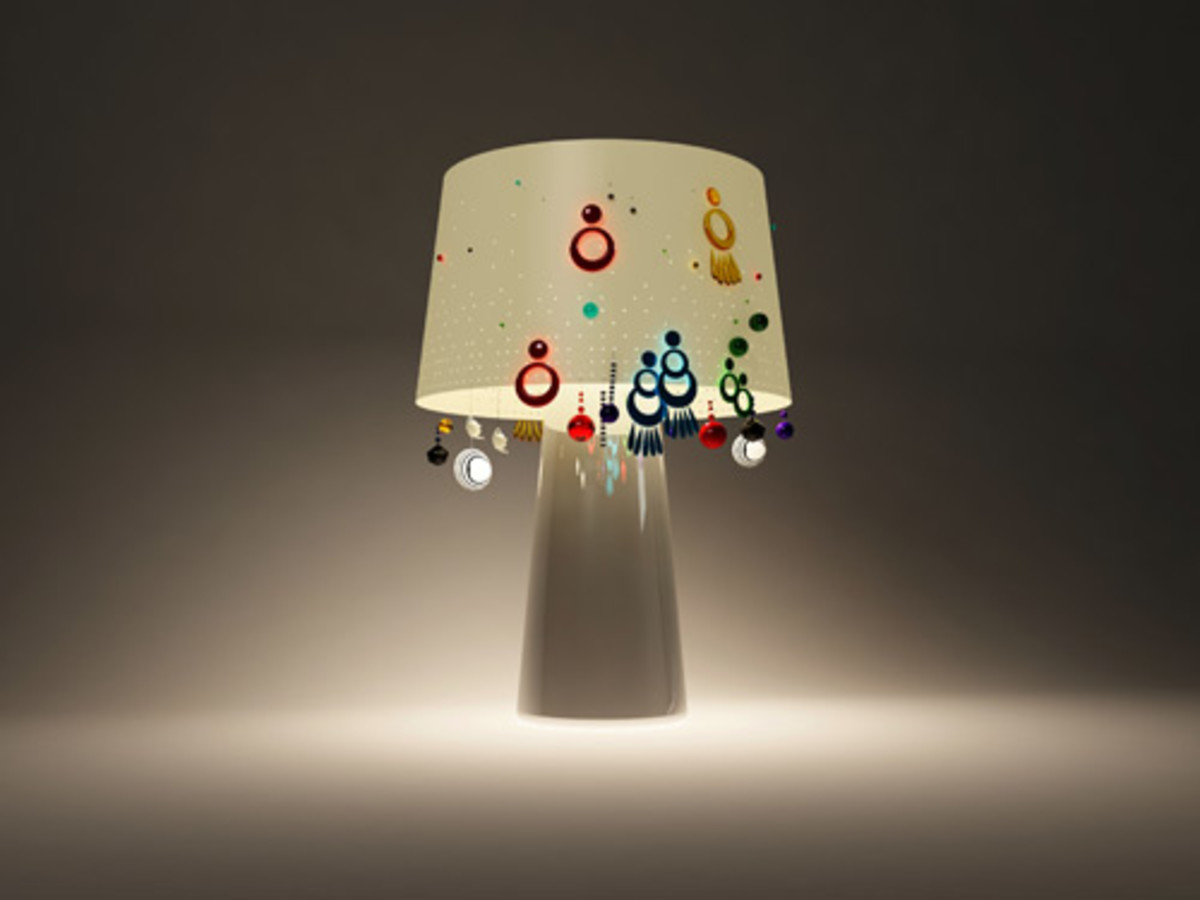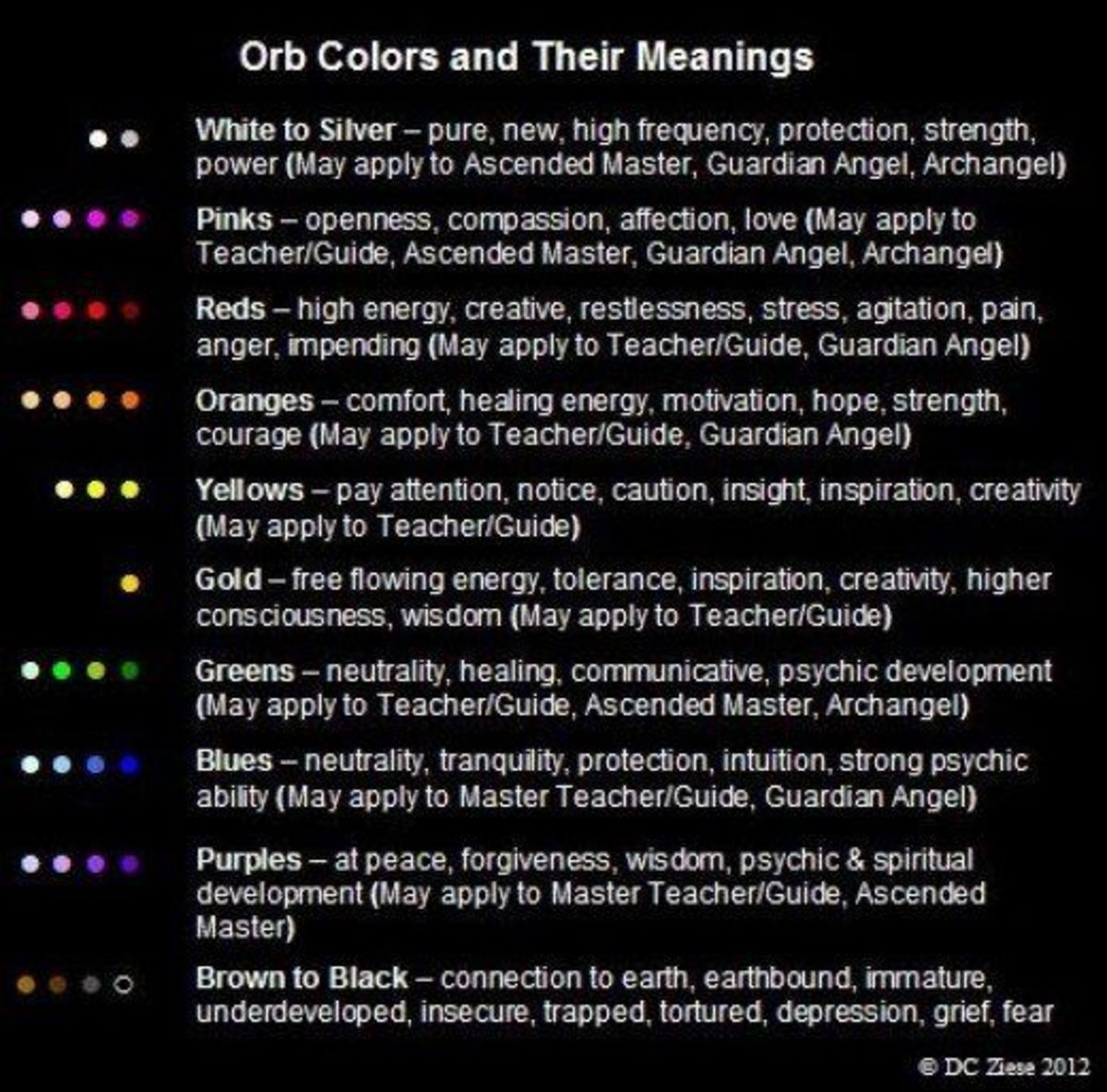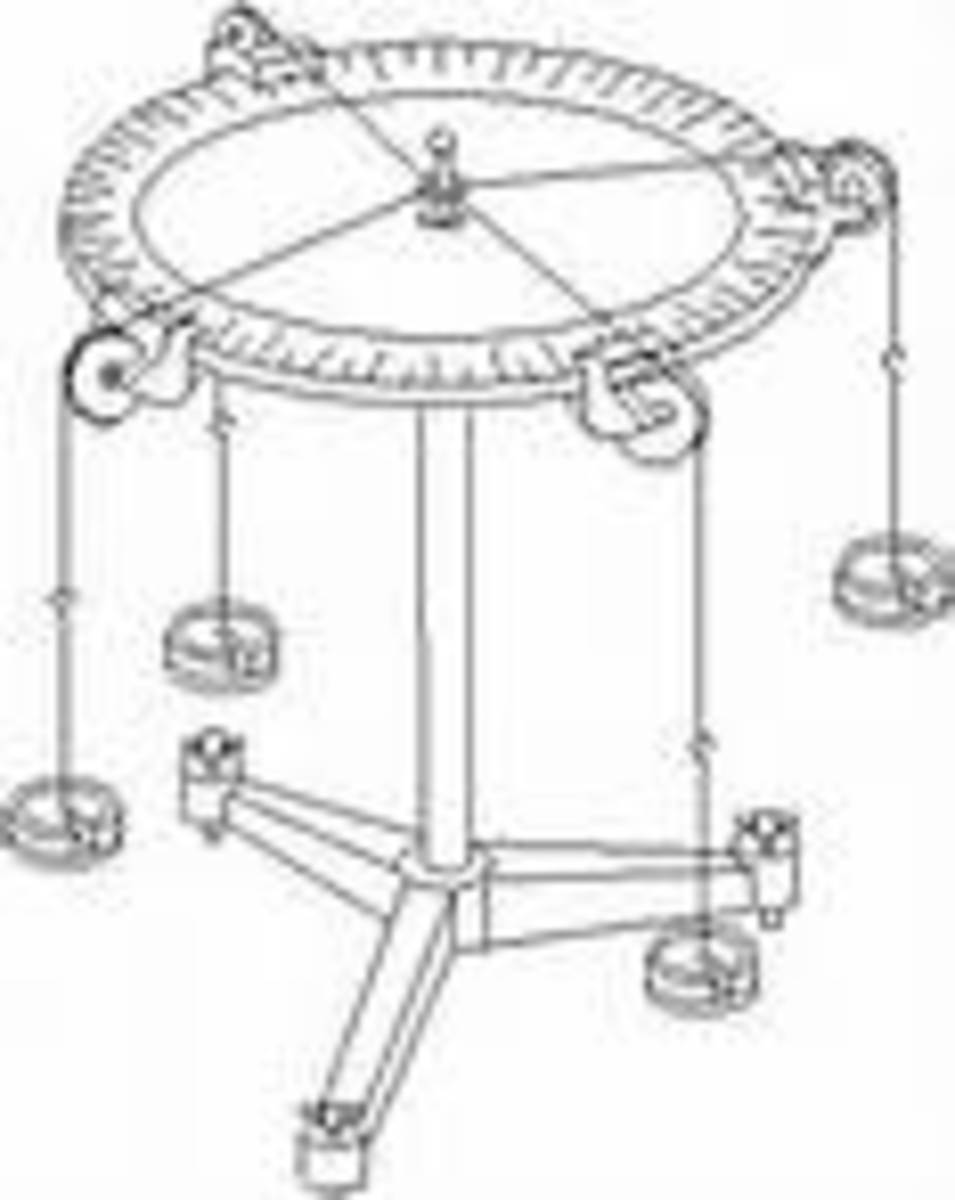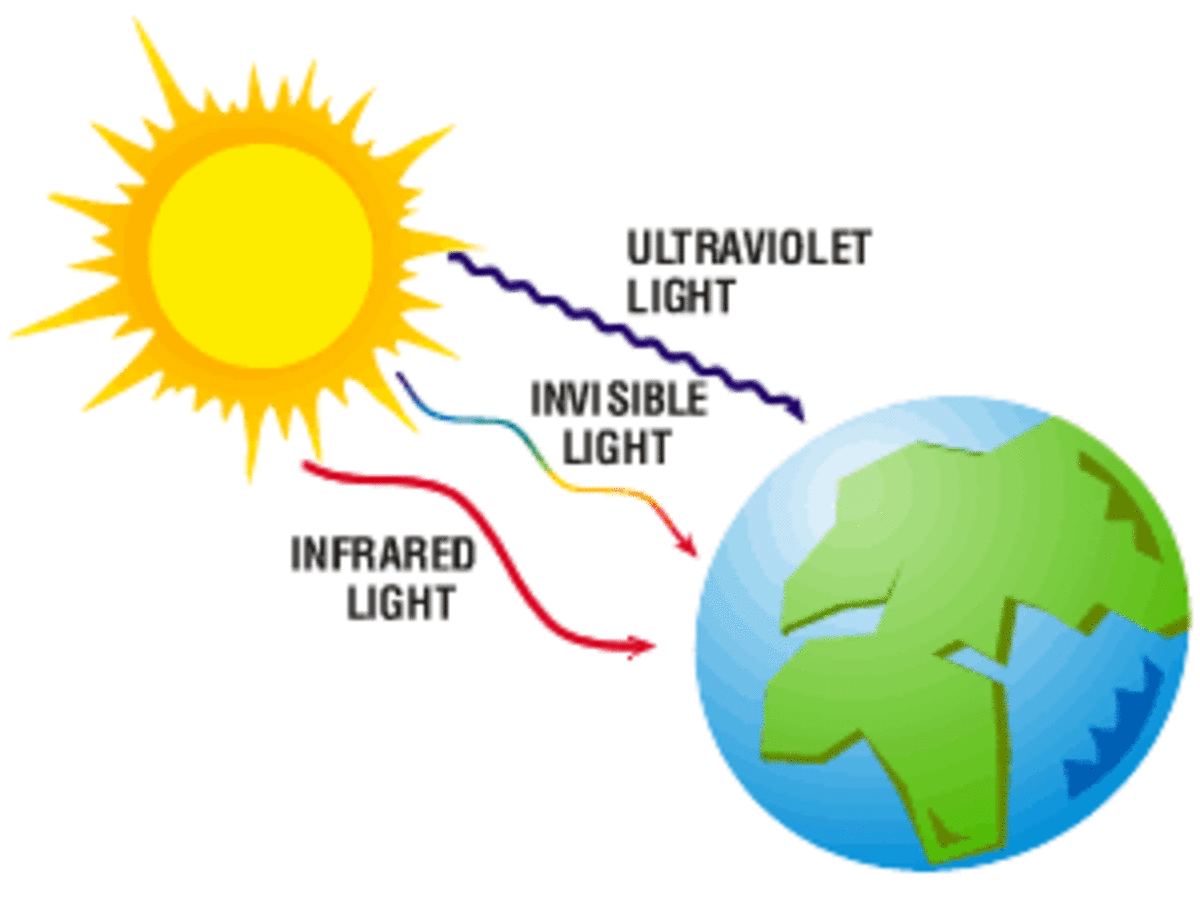Fast and Easy Science Fair Projects: Room for Brightness





Reflected Light
Purpose: Show that a room is better lit when the room's walls are painted in bright colors compared to a room where the walls are dark (makes a room safer, (reduces eye fatigue when reading or working, and makes the room a more cheerful, pleasant place to be).
Overview: In a house, some rooms are brighter than others, not just because they have more indoor lighting or windows to let sunlight in but because the walls, ceilings, and floors are more brightly colored. In a kitchen, people need lots of light to work with food. A bright bathroom makes it a safer place. A living room, bedroom or den, however may have darker, more deeply colored carpeting and dark walls paneling for a quiet feeling of richness and luxury.
Bright colors, such as white and yellow, reflect much of the light that hits them. When walls, ceilings, and floors are bright in color, more light is reflected (bounced) off of those surfaces, and the light spreads around the room.
Hypothesis: Photographs can be used to show how a room that has bright colored walls is brighter than a smaller room that is darkly colored.
You need:
- a room with light, brightly colored walls and that can be made completely dark.
- a room with dark-colored walls and that can be made completely dark.
- camera (an instant camera is preferred, but not required)
- lamp
- tape measure
- an index card or stiff piece of paper
- dark marker
- a friend
Procedure: Find two rooms about the same size of a house; one room that has light colored walls and another room that has dark walls. The rooms must be able to block any light coming in from outside of the room, such as car lights or street lights through a window, even the glare of a television set from another room. Do this experiment at night to reduce outside light from leaking in behind curtains or blinds.
Take an index card or stuff piece of white paper. On one sire, write "#1" with a dark marker. On the other side, write "#2."
In a room with light walls, place a lamp on the table dresser, or any object that will raise it up to the height of a normal table. Place the table and lamp against a wall. Turn the lamp on. Using a tape measure, stand 4 feet in front of the lamp, with your back to it. Have a friend stand 10 feet from the lamp, 6 feet in front of you, facing you and holding the index card with the #1 side facing the camera. You are standing between your friend and the lighted lamp. Take a picture of your friend. (Do not use a camera that has automatic flash or an automatic lens adjustment for light levels.)
Next, in a room with dark walls, place the same lamp on a table, dresser, or any object that will raise it to the same height as it was in the lighter colored room. Place the table and the lamp against a wall. Turn the lamp on. Again, using a tape measure, stand 4 feet in front of the lamp, facing away from it. Have your friend stand 10 feet from the lamp, face you, and hold the index card with the #2 side facing the camera. Take a picture of your friend.
If you take or send the film for developing, tell them not to "adjust" prints. Also, write yourself a reminder that the #1 card photo was taken in a light-colored room and the #2 one was taken in a dark-colored room. The light source and distance of your friend from the camera remain Constant. The Variable is the color of the walls.
Compare the two pictures. Even thought the same amount of light was used in both pictures, did the picture of your friend come out darker in the room that had darker walls?
Results and Conclusion: Write down the results of your experiment. Come to a conclusion as to whether or not your hypothesis was correct.
Something more: Do you think the color of the ceiling and carpet on the floor also affects how light is reflected in a room?
Related Pages
- Hot rocks
Heat transfer from one medium to another Purpose: Is there a good way to store solar heat, and release it slowly over time? Overview: Did you ever touch a rock that has been baking in the sun on a... - Smaller is Stronger
Testing tensile strength Purpose: To discover if an object's strength has any relation to its length. Overview: The term tensile strength means how strong something is when it is unsupported; how much... - Watt?
Comparing light output and power consumption Purpose: Determine if a 50-watt light bulb gives off as much light as two 50-watt bulbs. Overview: Incandescent light bulbs, the kind used in most household... - Up to Speed
Acceleration in a bottle Purpose: To show changes in rate of speed. Overview: Acceleration is an increase in speed. Physicists define it as a measure of rate of change of velocity over time. To accelerate... - Bad Manners
Heat conduction and heat sinking Purpose: Is there a way to make something cool more quickly, like a drink that is too hot? Overview: Metal is a good "conductor" of heat. That means it makes an easy...
